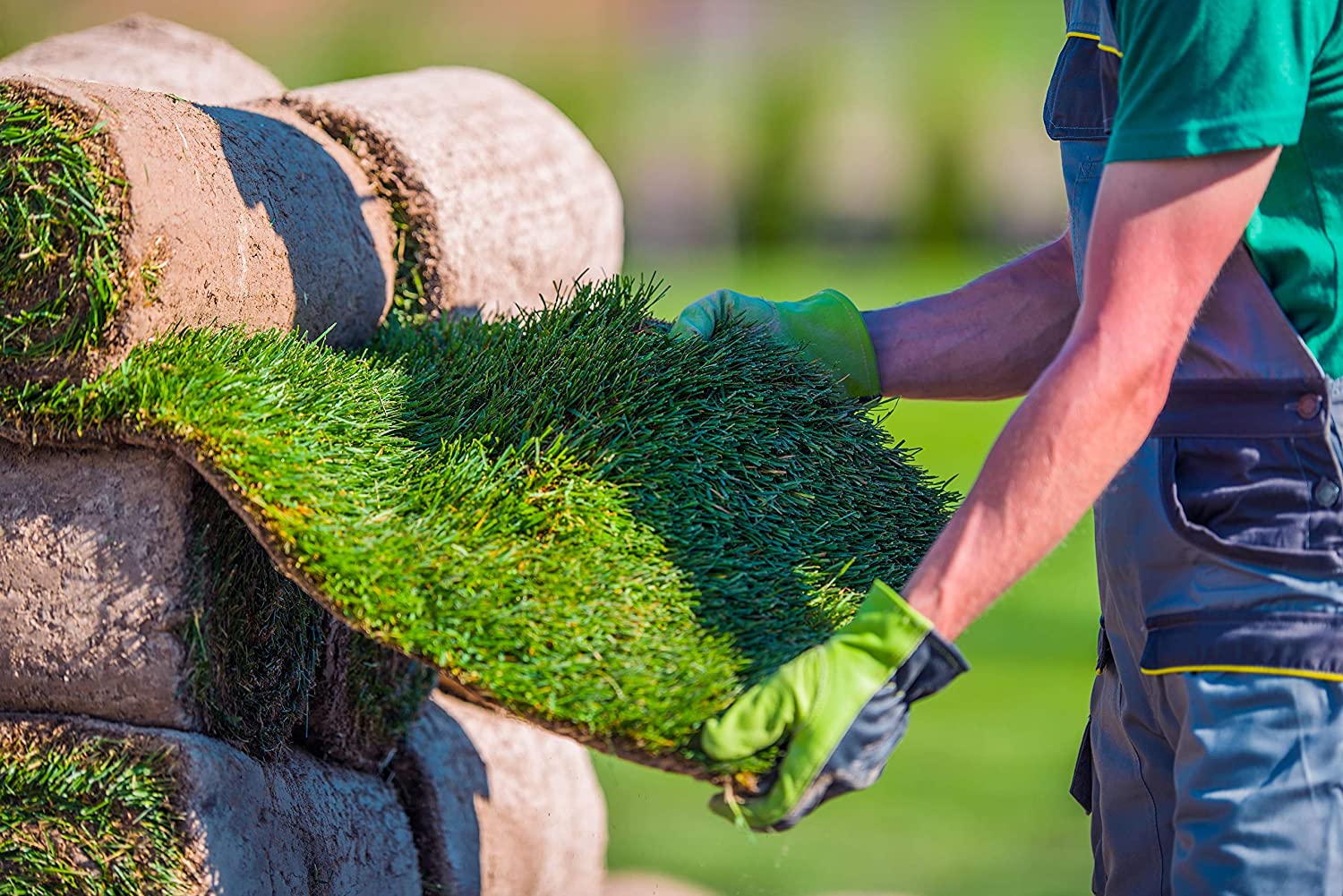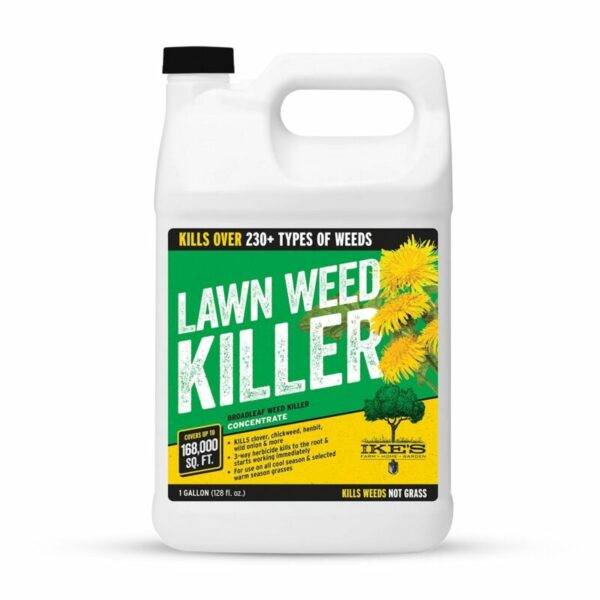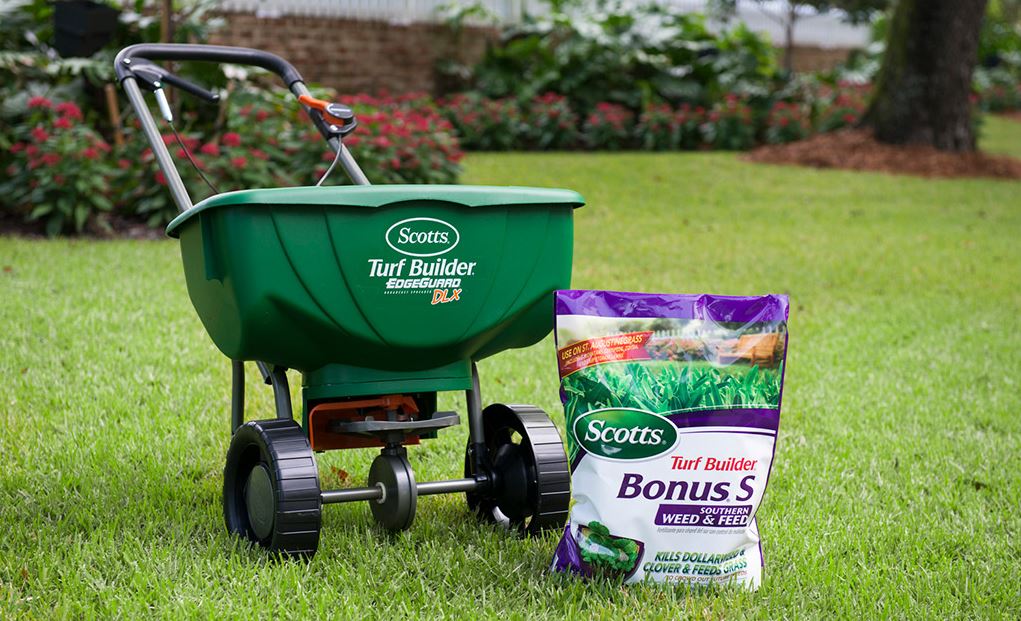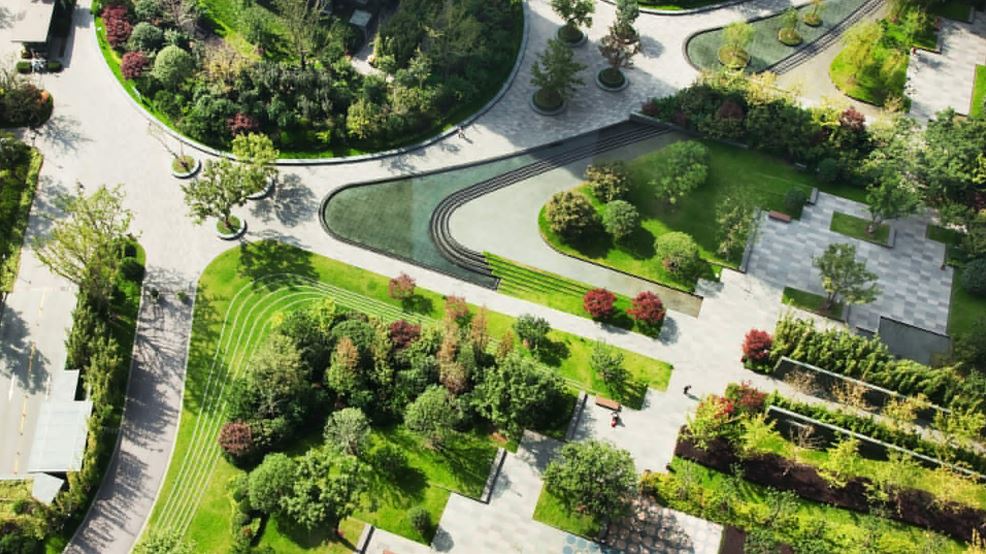Looking to create a beautiful lawn in your outdoor space? One option to consider is instant lawn, which provides a convenient and fast solution to achieving a lush and healthy lawn.
Instant lawn is a popular choice for homeowners and landscapers alike, as it offers several benefits, including immediate gratification, soil erosion prevention, and enhanced aesthetics. However, before deciding to install instant lawn, it’s important to weigh the pros and cons carefully and consider the specific needs of your lawn.
In this article, we’ll explore the benefits and potential drawbacks of instant lawn, as well as provide tips on how to prepare and maintain your lawn for optimal growth and health.
What is Instant Lawn?
Instant lawn, also known as roll on lawn, refers to a type of landscaping solution where ready-grown grass is laid on a prepared surface to create a fully grown lawn in a matter of hours or days.
This is a popular option for those who want a lawn quickly and don’t want to wait for seed or sod to grow. The grass for instant lawns is usually grown on a farm, harvested, transported to the installation site and laid by a professional landscaping company. The types of grass used for instant lawns vary, but common options include Kikuyu, Buffalo, and Bermuda grass.
Instant lawns are a convenient solution for homeowners, property developers, and landscape architects, as they provide an immediate and attractive solution for a range of outdoor spaces.
Instant Lawn Prices in South Africa
Where can I get instant lawn in South Africa?
There are many companies in South Africa that specialize in providing instant lawn. Here are some places where you can purchase instant lawn in South Africa:
- Local nurseries or garden centers: Many local nurseries and garden centers offer instant lawn for sale. They may also provide additional services such as delivery, installation, and advice on lawn care.
- Online retailers: Some online retailers specialize in the sale of instant lawn and offer a variety of grass types to choose from. They may also provide helpful information and resources on lawn care and maintenance.
- Landscaping companies: Many landscaping companies in South Africa offer instant lawn as part of their services. They may provide installation, maintenance, and irrigation services to ensure that your lawn stays healthy and vibrant.
- Farms that specialize in growing instant lawn: There are many farms in South Africa that specialize in growing instant lawn. These farms may provide a variety of grass types, as well as installation and delivery services.
It’s always a good idea to do some research, read reviews, and get quotes from multiple providers before making a decision on where to purchase your instant lawn.
How should I prepare the ground for instant lawn
Proper preparation of the ground is essential for the successful installation and growth of instant lawn. Here are the steps you should take to prepare the ground for your instant lawn:
- Clear the area: Remove any rocks, stones, and debris from the area where you want to install your lawn.
- Kill existing grass and weeds: If there is existing grass or weeds in the area, you will need to kill them using an appropriate herbicide. Follow the instructions on the product label carefully.
- Loosen the soil: Use a garden fork or tiller to loosen the soil to a depth of about 15-20cm. This will help to improve drainage and create a better growing environment for the grass roots.
- Add compost or topsoil: If your soil is poor quality, you may want to add some compost or topsoil to improve its quality. Spread a layer of compost or topsoil over the area and work it into the soil using a rake or garden fork.
- Level the area: Use a garden rake to level the area and create a smooth, even surface. This will help to prevent bumps and uneven growth in your new lawn.
- Fertilize the soil: Apply a fertilizer specifically designed for new lawns to the soil according to the instructions on the package. This will provide essential nutrients for your new grass to grow and thrive.
- Water the soil: Water the prepared area thoroughly to ensure that the soil is moist and ready for the instant lawn installation.
By following these steps, you can create an optimal growing environment for your new instant lawn and help to ensure its successful establishment and growth.
When should I mow my instant lawn?
It’s important to wait for your instant lawn to establish itself before mowing it for the first time. Typically, you should wait for at least two weeks after installation before mowing your new lawn. This will give the grass roots time to establish themselves in the soil and ensure that the grass is strong enough to withstand the stress of being cut.
Once your lawn is established, you can start mowing it regularly. The frequency of mowing will depend on several factors such as the type of grass, the amount of rainfall, and the time of year. However, as a general rule, you should aim to mow your lawn once a week during the growing season. You should also avoid cutting more than one-third of the grass blade length at a time, as this can damage the grass and stunt its growth.
It’s also important to ensure that your mower blades are sharp and that you mow the grass when it is dry to prevent tearing and damage to the grass blades. Finally, you should avoid mowing your lawn too short, as this can stress the grass and make it more vulnerable to disease and weed invasion. Aim to keep the grass at a height of around 5-8cm for most grass types in South Africa.
Benefits of Instant Lawn
There are several benefits of instant lawn, including:
- Instant gratification: As the name suggests, instant lawn provides an immediate solution to creating a beautiful, lush lawn. You can enjoy a fully-grown lawn right after installation, without having to wait for grass seeds to grow and mature.
- Soil erosion prevention: Instant lawn helps to prevent soil erosion by holding the soil in place with its root system. This is especially important on sloping areas where soil erosion can be a problem.
- Improved air quality: Like all plants, instant lawn absorbs carbon dioxide and produces oxygen, helping to improve the air quality around your home.
- Reduced dust and noise: A lawn helps to absorb dust and noise, making your outdoor environment more pleasant and comfortable.
- Improved aesthetics: Instant lawn provides a beautiful, green, and uniform look to your outdoor space, improving the overall aesthetics of your home.
- Improved property value: A well-maintained lawn can increase the value of your property by improving its curb appeal.
- Erosion control: Instant lawn can be used to control soil erosion by holding the soil in place and providing a stable surface.
Overall, instant lawn provides a fast and convenient way to create a beautiful lawn and enjoy the benefits of having a green and healthy outdoor space.
Cons of instant lawn
While there are several benefits to installing instant lawn, there are also some potential drawbacks to consider, including:
- Higher cost: Instant lawn can be more expensive than growing grass from seed, especially if you are covering a large area.
- Limited variety: Instant lawn is typically grown from a few select grass varieties that are well-suited to the local climate and growing conditions. This means that you may have limited options when it comes to choosing the type of grass for your lawn.
- Transport and installation challenges: Instant lawn needs to be transported and installed quickly to prevent it from drying out or becoming damaged. This can be challenging, especially if you live far from the supplier or if the installation area is difficult to access.
- Higher maintenance requirements: Instant lawn requires regular watering, fertilizing, and mowing to maintain its healthy appearance. This can be time-consuming and costly, especially if you have a large lawn area.
- Potential for weed and disease problems: Instant lawn can be more vulnerable to weed and disease problems than grass grown from seed. This is because the lawn is already established, and any problems with the grass or soil can quickly spread throughout the entire area.
- Root depth limitations: Instant lawn typically has shallower root systems than grass grown from seed. This can limit its ability to withstand drought conditions or extreme temperatures.
It’s important to consider these potential drawbacks when deciding whether to install instant lawn and weigh them against the benefits to determine whether it’s the right choice for your lawn needs.
Conclusion
In conclusion, instant lawn provides a convenient and fast way to create a beautiful, lush lawn. It offers several benefits, such as immediate gratification, improved air quality, soil erosion prevention, and enhanced aesthetics.
However, there are also some potential drawbacks to consider, such as higher cost, limited variety, transport and installation challenges, higher maintenance requirements, and potential for weed and disease problems.
It’s important to weigh the pros and cons carefully and consider your specific needs and budget before deciding whether to install instant lawn. Proper preparation and maintenance can help ensure the successful establishment and growth of your instant lawn









